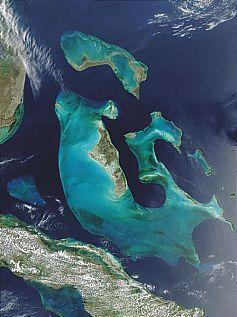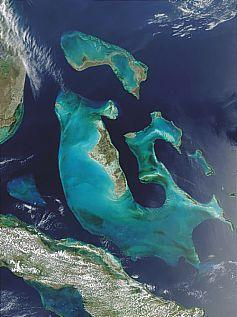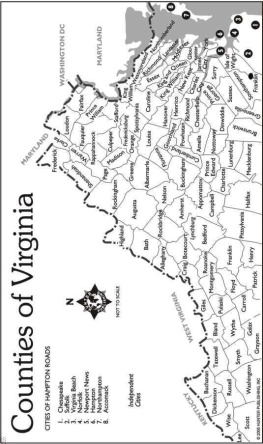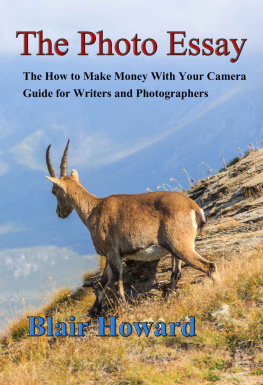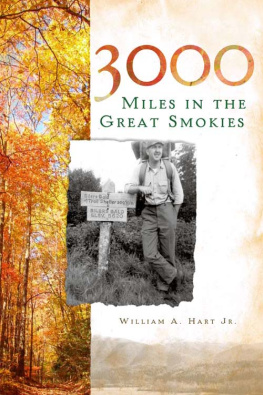Blair Howard - Adventure Guide to the Great Smokies
Here you can read online Blair Howard - Adventure Guide to the Great Smokies full text of the book (entire story) in english for free. Download pdf and epub, get meaning, cover and reviews about this ebook. year: 2011, publisher: Hunter Publishing, genre: Romance novel. Description of the work, (preface) as well as reviews are available. Best literature library LitArk.com created for fans of good reading and offers a wide selection of genres:
Romance novel
Science fiction
Adventure
Detective
Science
History
Home and family
Prose
Art
Politics
Computer
Non-fiction
Religion
Business
Children
Humor
Choose a favorite category and find really read worthwhile books. Enjoy immersion in the world of imagination, feel the emotions of the characters or learn something new for yourself, make an fascinating discovery.

- Book:Adventure Guide to the Great Smokies
- Author:
- Publisher:Hunter Publishing
- Genre:
- Year:2011
- Rating:4 / 5
- Favourites:Add to favourites
- Your mark:
- 80
- 1
- 2
- 3
- 4
- 5
Adventure Guide to the Great Smokies: summary, description and annotation
We offer to read an annotation, description, summary or preface (depends on what the author of the book "Adventure Guide to the Great Smokies" wrote himself). If you haven't found the necessary information about the book — write in the comments, we will try to find it.
Adventure Guide to the Great Smokies — read online for free the complete book (whole text) full work
Below is the text of the book, divided by pages. System saving the place of the last page read, allows you to conveniently read the book "Adventure Guide to the Great Smokies" online for free, without having to search again every time where you left off. Put a bookmark, and you can go to the page where you finished reading at any time.
Font size:
Interval:
Bookmark:

Adventure Guide to the Great Smoky Mountains
Blair Howard
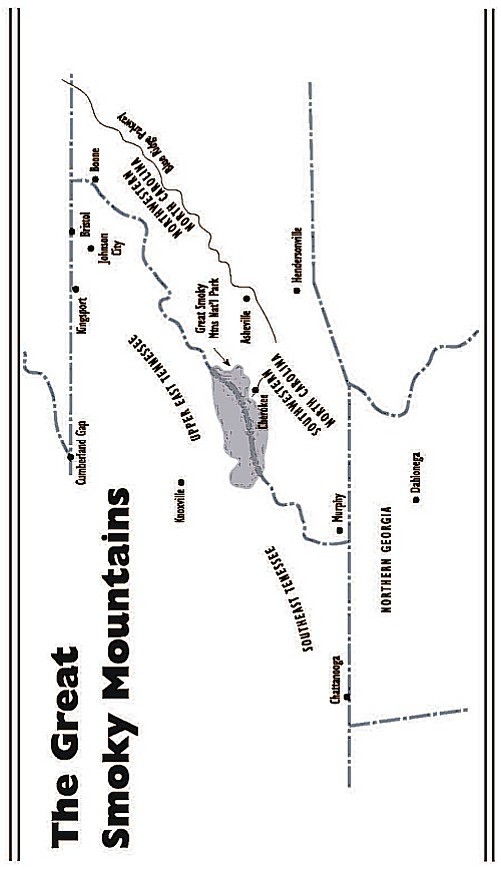
Mention the Great Smoky Mountains to most people and they immediately think of the Great Smoky Mountains National Park. And so they should, for each year more than nine million people make it the most visited national park in the United States. But the park is not the be all and end all of the Smokies. In fact, its just a small part of the whole.
The Smokies, for the purposes of this book, encompass an area that runs from the Virginia state line, straddling the Tennessee/North Carolina border, all the way down into northern Georgia. Along the way they embrace the great Nantahala, Pisgah, Cherokee and Chattahoochee national forests four vast outdoor tracts of wilderness.
Although civilization came here in colonial times, the area is, for the most part, still a very primitive domain that hasnt kept pace with the outside world. Great pockets of unspoiled wilderness exist within the Smokies; some areas still dont have electricity, and there are places where the locals are downright suspicious of strangers. Many people here live out their lives much as their ancestors did almost 100 years ago.
Yes, of course, the Smokies mean a visit to the national park, to the famous mountain city of Gatlinburg, to Dollywood and Pigeon Forge, but the land where Davy Crockett was born and raised has much more to offer. There are more than a dozen ski resorts tucked away among the hills and valleys; theres more unspoiled fishing to be had in the Smokies than almost anywhere else in the United States; and hundreds of backcountry camping grounds offer thousands of sites, from primitive to full-service. Then there are the tiny towns, some no more than a couple of clapboard shacks and a country store; towns like Tellico Plains, Sylva, Highlands, Sweetgum and Rainbow Springs. A network of backcountry roads, narrow and winding, join one small woodland colony to the next. Hundreds of miles of narrow trails, pathways and bridleways interlace the forest and criss-cross one another in a bewildering spiders web of footpaths and public rights of way. Its an area where careless travellers can get easily get lost, and stay lost for days on end.
The Great Smoky Mountains are also home to a diverse assortment of wildlife. The black bear, the white-tailed deer and the wild boar still roam free; the wild turkey, eliminated from eastern Tennessee by generations of hunters, has returned to the Cherokee National Forest. And each year in the fall, the great hardwood forests provide visitors with spectacular displays of color.
The Smoky Mountains represent one of the last real opportunities for great adventure in the southeastern United States.
The Nature Of Adventure
Adventure means different things to different people. To some it means the far-off jungles of Africa, the snows of Antarctica, or the peaks of the mighty Himalayas. To others it means wandering around shops of a metropolitan mall, fine dining, or simply lounging in the sunshine beside the swimming pool at a luxury hotel. Whatever your preference, its all available in the Great Smoky Mountains. Adventure in the Smokies means an excursion into the great outdoors; hiking, rock climbing, snow skiing, fishing, hunting, and boating. The Adventure Guide to the Great Smoky Mountains covers all those activities and more. It takes you to the historic sites in the area, and to the hundreds of antique stores, gift shops and craft fairs. It covers fine dining and luxury hotels, and even driving the backroads.
You can use this book in a number of ways. You can use it to plan your trip; you can carry it along with you as a guidebook; and you can use it as a directory.
To make things as simple as possible, we have taken three separate approaches to the order of this book.
First, each type of adventure is briefly covered in the Adventures section below. There, you will find out whats available and where.
Second, each geographical region is described in depth along with a detailed report of attractions and adventures within that particular region.
Lastly, we have included three separate directories at the back of the book. One for camping, one for accommodations, and one for information services. The listings in the camping and accommodations directories are not recommendations, but they do include short descriptions of the facilities.
So, if you want to spend a few days snow skiing, youll turn to that particular activity, and there youll find that snow skiing is available in upper eastern Tennessee and upper western North Carolina. From there, its simply a matter of turning the pages to your region of choice where youll find a list of resorts and all the information youll need to make an educated choice.
Geography
The Appalachian Highlands are generally grouped into five geographic regions: The Piedmont Region; The Blue Ridge Region; The Ridge & Valley Region; Appalachian Plateau Region; and the New England-Acadian Region.
The Piedmont Region begins in the north near New York City and extends southward all the way into central Alabama. It lies between the Coastal Plain and the eastern fringes of the mountains. Most of the region consists of undulating farmland and forests with low-lying hills and ridges of 1 to 2,000 feet in altitude.
The Blue Ridge Region is a long line of heavily forested mountains and ridges that stretch from Pennsylvania into northern Georgia. From the low country in the north, the ridge grows ever more lofty and much wider as you follow it south. Many of its peaks, especially in western North Carolina and the Great Smoky Mountains National Park, tower above 6,000 feet. Mount Mitchell, at almost 6,700 feet in the Black Mountains of western North Carolina, is the highest point east of the Mississippi.
The Ridge and Valley Region lies just west of the Blue Ridge. Its a region of long, narrow valleys separated by ridges that run roughly parallel to one another. The Hudson-Champlain Valley, a broad, fertile section of the region, begins in central Alabama and continues northward through New York. In Pennsylvania, one section of the great valley contains nearly all the anthracite coal in the United States.
The westernmost section of the highlands is the Appalachian Plateau Region, where narrow valleys divide the steep hills and level uplands. Its a region of great geological wealth where most of the worlds greatest deposits of bituminous coal are found. At the southern end of the region lies the Cumberland Plateau, the Catskill Mountains and, in the center, the Allegheny Plateau.
The heavily forested New England-Acadian Region, heavily forested, extends northward from Pennsylvania into Newfoundland. The Taconic, Green, and White mountains are its best-known ranges, and Mount Washington (6,288 feet) is the highest peak in the region.
The Great Smoky Mountains incorporate the highest mountain ranges in the entire Appalachian system. Within the boundaries of the Great Smoky Mountains National Park alone, 16 peaks rise to more than 6,000 feet.
The geological history of the Appalachians is long and interesting. According to geologists, the rocks exposed in the Great Smoky Mountains are among the oldest in the world. They were formed long before the separation of the continental plates from sediments that were deposited in the shallow seas to the west, which later formed most of the interior land surface of the United States. When the earth began to cool and contract, great sections of these seas were thrown upward and the area now known as Appalachia was elevated. At first, its rocks were folded and compressed into a series of sharp peaks and mighty gorges. Then came the wind and storms and the millions of years of erosion that carved and shaped them into the gentle and rounded contours we are familiar with today.
Next pageFont size:
Interval:
Bookmark:
Similar books «Adventure Guide to the Great Smokies»
Look at similar books to Adventure Guide to the Great Smokies. We have selected literature similar in name and meaning in the hope of providing readers with more options to find new, interesting, not yet read works.
Discussion, reviews of the book Adventure Guide to the Great Smokies and just readers' own opinions. Leave your comments, write what you think about the work, its meaning or the main characters. Specify what exactly you liked and what you didn't like, and why you think so.

